- Where Are Windows Store Apps Installed on Windows 10?
- How to Access the WindowsApps Directory in Windows 10?
- How to Migrate Your Files from the WindowsApps folder?
- How to Change the Download Location for Microsoft Store Games?
- Where Are Steam Games Stored in Windows 10?
- How to Create an Alternate Location for Your Future Steam Games?
- How to Move Your Existing Steam Games?
- Where Are Microsoft Store Apps and Games Installed on Windows 10/11: Answered
- FAQ
We bet you remember there were days when you had to install your games yourself by using good old installers and wizards. However, we mostly rely on one-click solutions these days, so it is no wonder that games from the Microsoft Games Store are downloaded and installed automatically. Just open the app, choose the game you like, wait a bit, and enjoy a new adventure—that’s all you have to do. Isn’t that great?
That said, you might be asking, “How to find games I’ve downloaded from the Microsoft Store?”
The thing is, some of them might be hogging too much space on your PC, which means there is a chance that you will end up wishing to relocate a game or two.
If you have been toying with that idea and the question “Where are my Windows games stored?” keeps bothering you, you have come to the right place. In this very article, there are helpful tips on how to find where Windows Store games are stored on your Windows 10/11 and how to migrate them to another location if need be.
Also read: [FIXED] New Games Don’t Start or Are Not Working on Windows 10
Where Are Windows Store Apps Installed on Windows 10?
While the Microsoft Store offers a diverse range of games that cater to gamers of all ages, many users might not know where these games are stored on their systems. This information can be particularly useful for managing storage or troubleshooting.
So, where does the Microsoft Store download games to?
It is time for you to crack the mystery: the exact place in which your games dwell is C:\Program Files\WindowsApps.
This location might seem pretty obvious; however, the catch is, you are not allowed to access this folder.
Microsoft might think that this kind of restriction is here for a good reason since you can otherwise tamper with something crucial, thus harming your system. Nonetheless, being able to manage the contents of the folder in question may come in pretty handy in a situation where you need to free up some valuable space and move some games of yours from their default location to somewhere else or in a case where deleting the leftover files of an uninstalled entity is required. With this in mind, keep working your way down—below there is a simple way to take over the necessary folder.
How to Access the WindowsApps Directory in Windows 10?
The WindowsApps folder is heavily protected, which means you need special privileges to be able to access it.
To gain access to the WindowsApps directory, take the following steps:
- Here is the path you should follow: C:\Program Files.

- Go to View and check the box next to Hidden items.
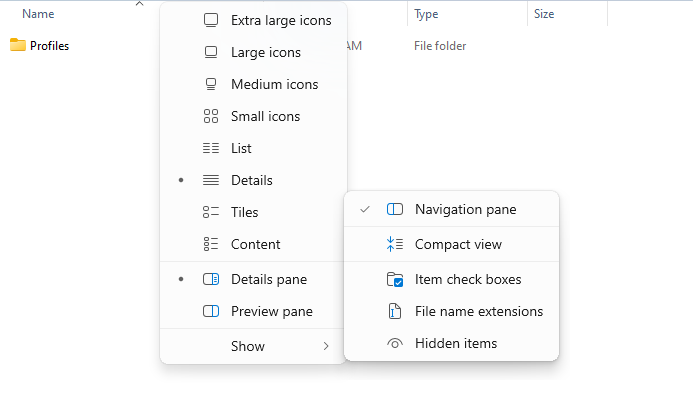
- Locate the WindowsApps folder and right-click on it.
- Select Properties from the drop-down menu.
- Select Security. Then select Advanced.
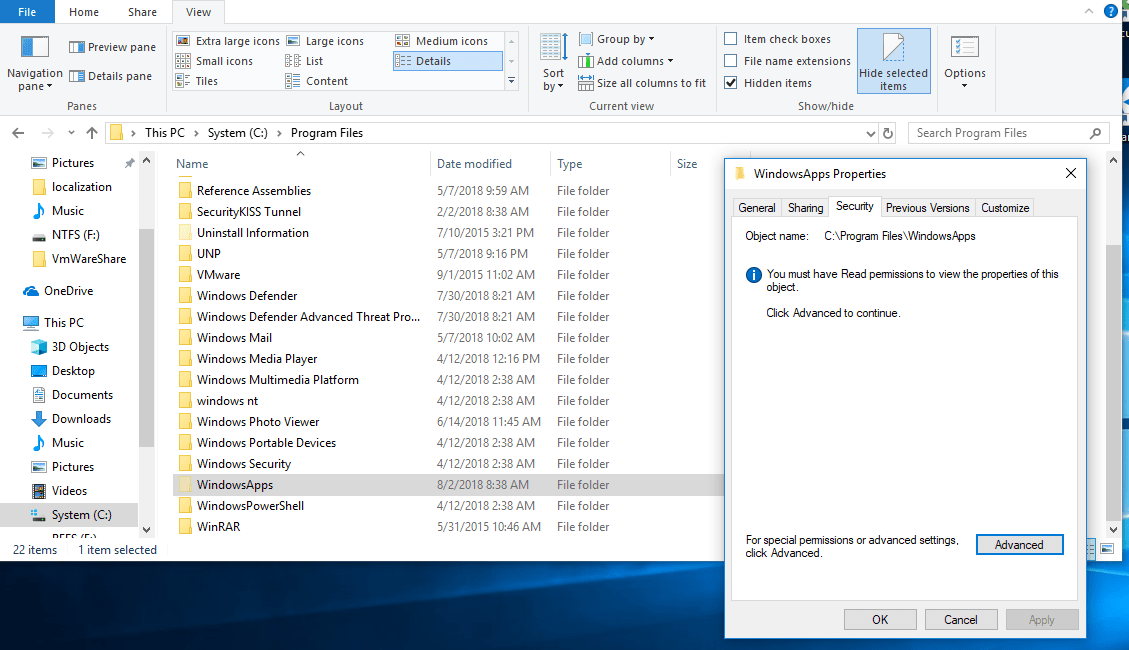
- Go to Owner. There, click Change.
- Enter Microsoft account email address.
- Check the box next to Replace owner on subcontainers and objects.
- Apply your changes.
- Locate and click on your account in the list. Click Edit.
- Check the box next to Full control.
You have just taken ownership of the folder.
How to Migrate Your Files from the WindowsApps folder?
Now it is quite easy to transfer your files from the WindowsApps folder to another location:
- Press the
Windows logo + I keyshortcut to invoke the Settings app. - Once you are in it, go to Apps.
- Locate the game you wish to move.
- Click Move.
Finally, specify where your game should be stored now.
How to Change the Download Location for Microsoft Store Games?
You can change the default location for your Windows Store games in Windows 10 by using the instructions below:
- Open your Settings app and click System.
- Go to Storage.
- Locate the Change where new content is saved link.
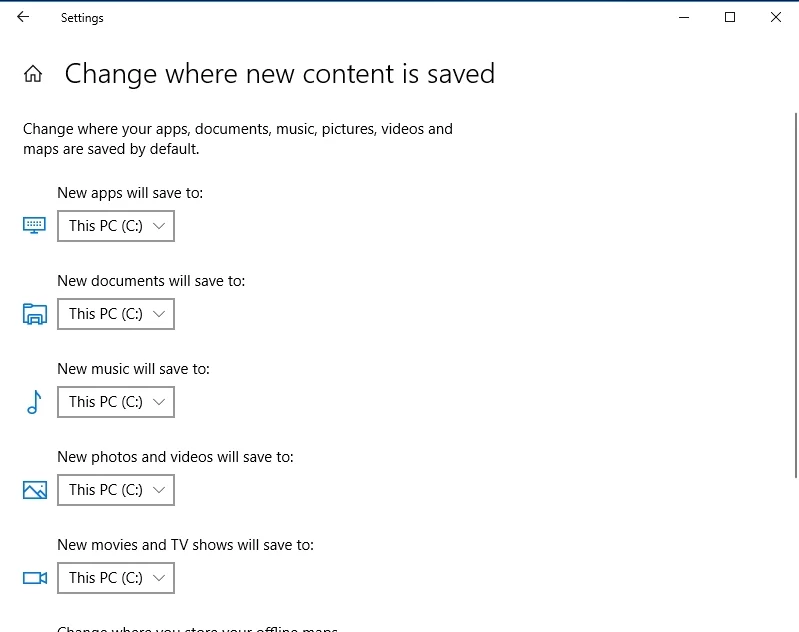
- Go to the New apps will save to: section.
Now you can select the partition where you would like your games to be saved.
Where Are Steam Games Stored in Windows 10?
Steam is booming these days: more and more people go there for a great gaming experience. That is why we believe you might wish to know what the download folder for your Steam games is. So, no beating around the bush—your Steam games are stored in the C:\Program Files\Steam (x86)\steamapps\common folder.
How to Create an Alternate Location for Your Future Steam Games?
You can easily change the installation path for your Steam games by tweaking the following settings:
- Launch Steam. Go to its Settings menu.
- Navigate to the Downloads tab.
- Go to the Content Libraries section. Locate and select Steam Library Folders.
- To set a new default installation path, click the Add Library Folder button.
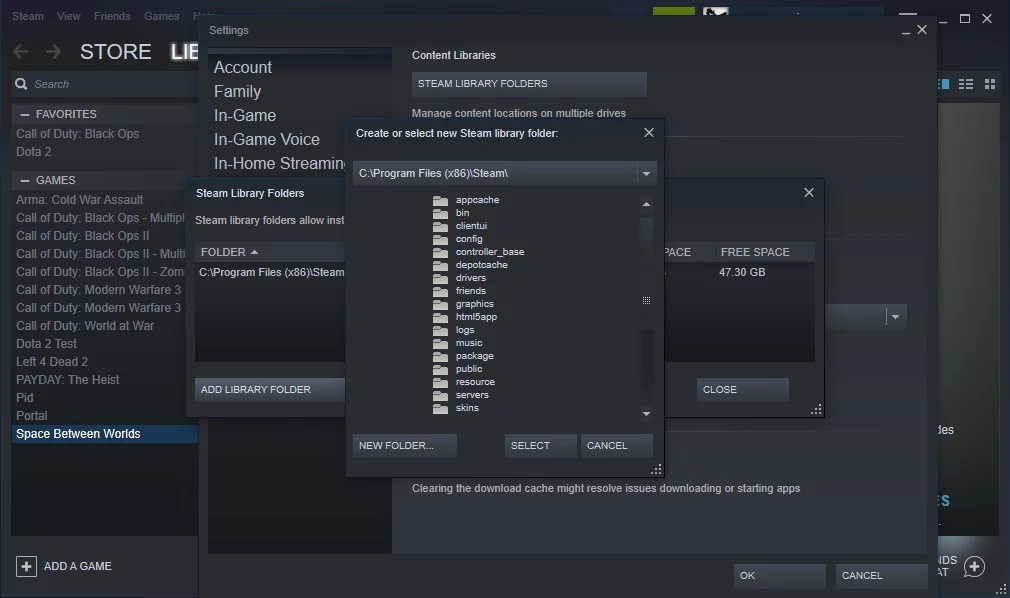
Now create a new path. It will be used for all your future installations.
Also read: Boost Advice: How to Effectively Speed Up Steam Downloads
How to Move Your Existing Steam Games?
If, for some reason, you want to migrate the existing games to some other location, this may involve a bit more effort than you might at first think. The point is, your games are closely tied to your Steam client application, which means you can move your games only by moving the app in question.
Here is what you should do to move your Steam installation:
- To begin with, back up your Steamapps folder in case something goes wrong. This might save you a lot of tears since you may lose your game progress while moving your Steam installation. Bad things happen, you know.
- Log out of Steam and exit it.
- Navigate to C:\Program Files\Steam.
- Delete the contents of this folder except the Steam.exe file and the steamapps & userdata folders.
- Cut your Steam folder and paste it to the new location you have chosen for it.
- Launch Steam. Log in to your Steam account. Steam will require some time to update itself.
Finally, you should verify the integrity of your game files. Here is how you can do that:
- Restart your PC. Open Steam.
- Go to Library. Right-click on your game. Click Properties.
- Proceed to Local files. Click the Verify integrity of game files… button.
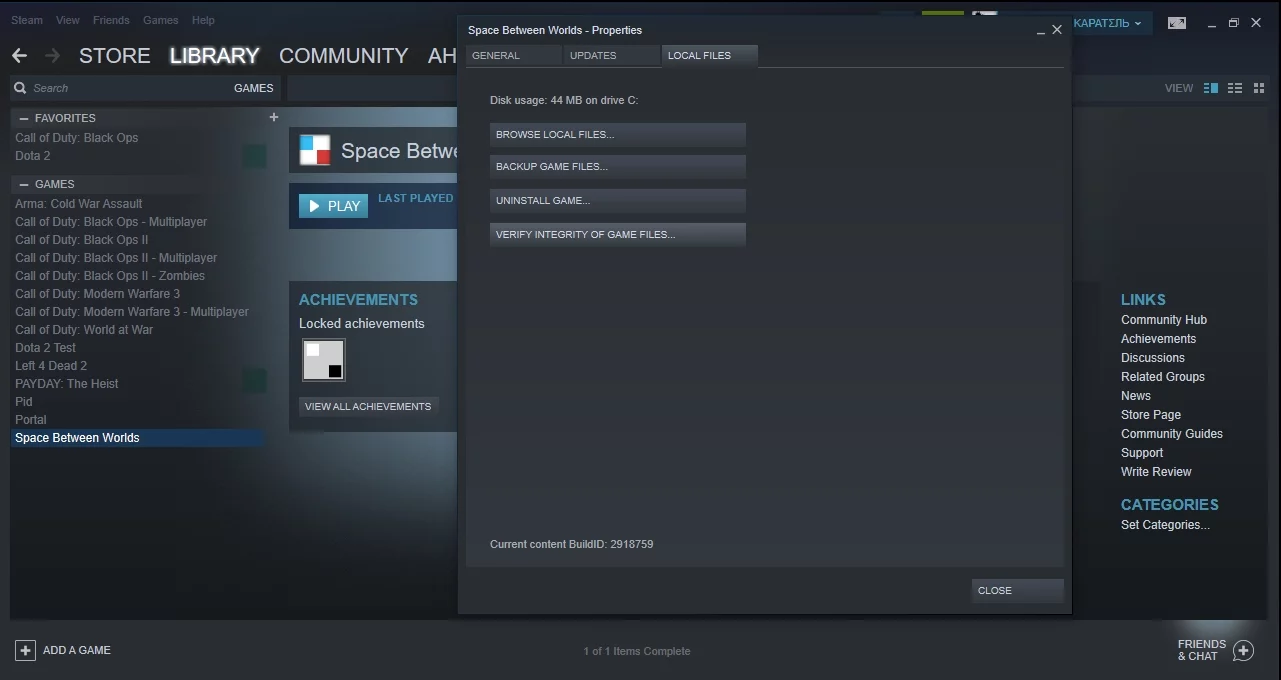
Please be patient—the verification process may take a while.
Now that you know where your Microsoft Store games are stored on Windows 10, you may also want to know, “Where are Microsoft Store apps saved in Windows 11?”
The new OS does indeed come with a number of changes and upgrades, including new widgets, multiple desktops, a redesigned Settings app, and more. However, when it comes to saving Microsoft Store apps, not much has changed on Windows 11.
Just like with Windows 10, the installation location of Microsoft Store apps is not visible. All the applications downloaded from the Microsoft Store are saved in a folder called WindowsApps located in the Program Files directory. While the folder is hidden by default, it’s quite easy to make it visible and gain access to it by following the same steps as on Windows 10. Namely:
- Go to C:\Program Files.
- Click View and check the box for Hidden items.
- Find the WindowsApps folder and right-click it.
- Go to Properties in the drop-down menu.
- Navigate to Security > Advanced.
- Select Owner and click Change.
- Log in with your Microsoft account email address.
- Check the box for Replace owner on subcontainers and objects.
- Select Apply to save your changes.
- Find and click on your account in the list. Select Edit.
- Check the box for Full control.
Once you have unhidden the WindowsApps folder, you will have full access to the folder where all your apps are stored. If you feel uneasy that you have unhidden a protected folder and that tinkering with the files in it can cause harm to your PC, this is not the case. Many hidden folders, including the WhatsApp folder, are hidden because they may contain information that is too technical for the typical user, such as crash reports and diagnostic data.
Now, if you are getting your games from Steam, you may also want to know where your downloaded files are kept. On Windows 11, just like on Windows 10, you can find your downloaded Steam files here: C:\Program Files\Steam (x86)\steamapps\common folder.
If you find this inconvenient, you have the option of creating an alternate location for your future Steam games. Just like with Windows 10, all it takes is tweaking a few settings. You will need to do the following:
- Go to Steam and open the Settings menu.
- Head to the Downloads tab.
- Locate the Content Libraries section and select Steam Library Folders.
- Set a new default installation path by pressing the Add Library Folder button.
- Now you will need to create a new path. It will be used for all your future installations.
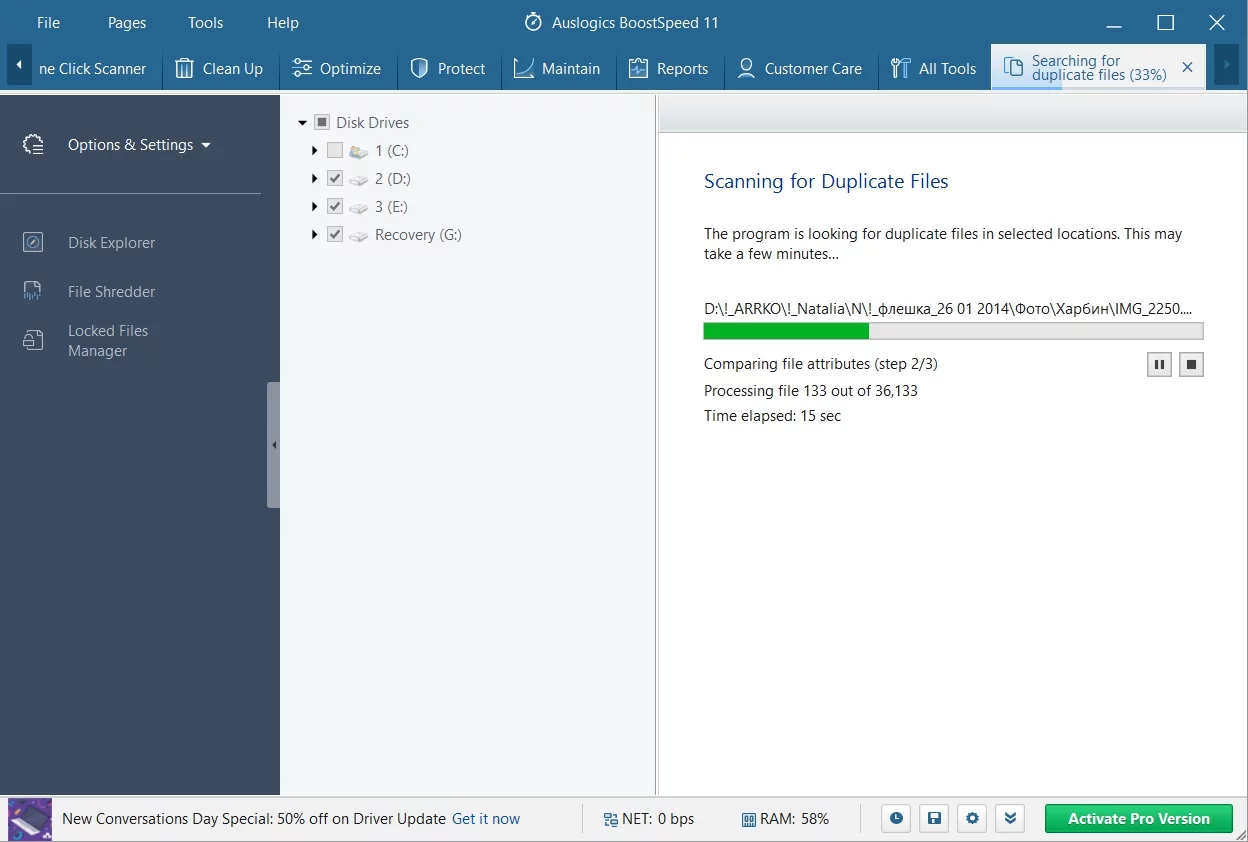
Where Are Microsoft Store Apps and Games Installed on Windows 10/11: Answered
Hopefully, we have answered your question of “Where are Microsoft Store apps installed?” and now you have no problem accessing your game installation directories. If you want to add something or learn more about storing Microsoft Store or Steam games, do not hesitate to leave a comment below.
We are here to help you get the most out of your games.
FAQ
- Connect your external drive.
- Go to Settings > Apps > Apps & features.
- Find the game, click it, and select Move.
- Choose your external drive and confirm by clicking Move again.
- Open the Start menu and find the app.
- Drag the app icon to the desktop to create a shortcut.
If drag and drop doesn’t work:
- Use File Explorer to navigate to shell:AppsFolder.
- Find the app, right-click it, and choose Create shortcut.
- Agree to place the shortcut on the desktop when prompted.



